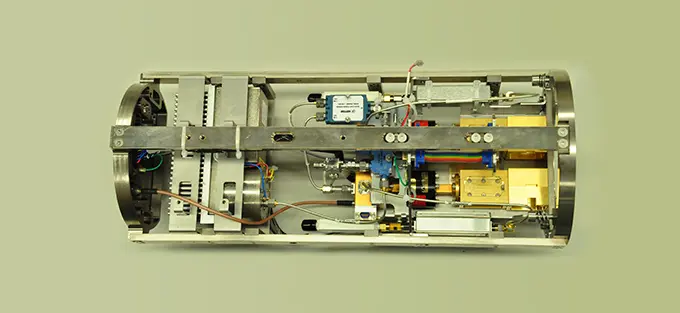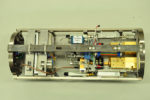ALMA Telescope to Further Extend Vision with Band 1
23 June, 2016 / Read time: 3 minutes
The Atacama Large Millimeter/submillimeter Array (ALMA) Board officially approved the production of Band 1 receivers developed by an international team led by the Academia Sinica Institute of Astronomy and Astrophysics (ASIAA). When installed the observatory will be able to detect the most distant and earliest star-forming gas reservoirs in the Universe, and to see dust grains grow to cm-sized pebbles around nearby stars: the first steps of planet formation.
For ALMA’s Observatory Scientist, John Carpenter, the main drivers for Band 1 development are “probing the evolution of dust grains as planets form in circumstellar disks; and detecting molecular gas in re-ionization epoch galaxies”. Thanks to this the observatory will be able to detect distant objects with higher redshifts because of the sensitivity to twice longer wavelengths.
ALMA observes the Universe in radio waves: light that is invisible to the human eye. The weak electromagnetic glow from space is captured by the array of 66 antennas. Their receivers transform this weak radiation into an electrical signal.
To scout a broad range of frequencies, ALMA antennas Front End are equipped with up to ten different receivers, each one specially designed to cover a specific range of wavelengths. The Band 1 covers a range of wavelengths from 6 to 8.5 millimeters (frequencies from 35 to 52 GHz). To date there are seven receivers that have already been developed and installed in each of the ALMA antennas. Band 5 cartridges are being constructed and delivered until 2017 and are being integrated to the antennas as they arrive. Band 2 is going to be completed in the future.
The ASIAA-developed Band 1 receiver is remarkable in its low noise, high sensitivity and high dynamic range of signal-receiving. "Technical requirements for ALMA Band 1 receivers, due to the physical properties of this particular frequency band, are far more stringent than any other existing receiver systems”, said Ted Huang, Band 1 Project Manager at ASIAA, Taiwan.
“The fact that the ALMA Board approves Band 1 confirms the excellent technical level of all the members of the partnership”, says Ricardo Finger, part of the Band 1 team from the Center for Astrophysics and Associated Technologies at Universidad de Chile, that will be responsible for two components of the optics: the horn antenna and a Fresnel lens. A total of 73 sets of receivers are to be gradually manufactured and delivered until the end of 2019 and integrated as they come until the first quarter of 2020.
The development of the ALMA Band 1 receiver took ten years. Since eight years ago, ASIAA led the project which was joined by an international team comprises of the National Astronomical Observatory of Japan (NAOJ), the University of Chile, the National Radio Astronomy Observatory (NRAO), the Herzberg Institute of Astrophysics (HIA) and the National Chung-Shan Institute of Science and Technology (NCSIST).
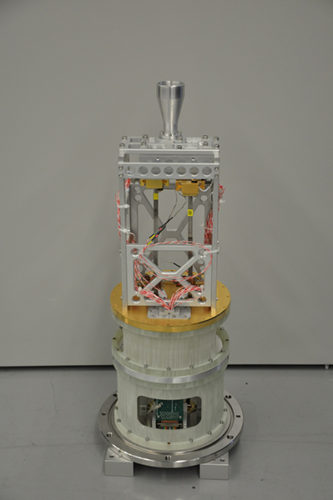
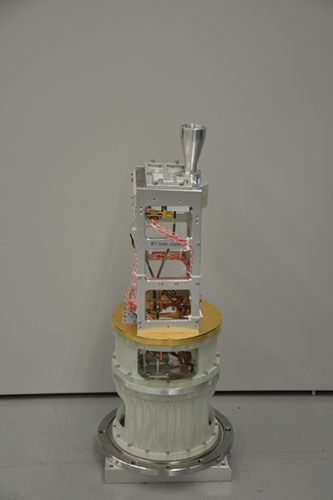
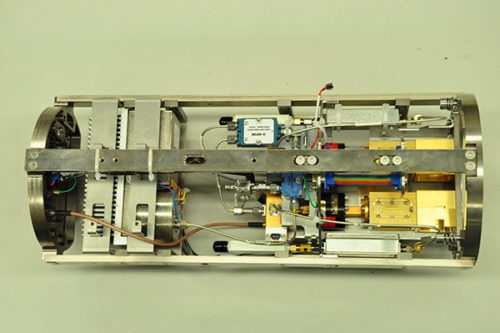
Additional information
More images of ALMA receivers here.
ALMA is a partnership of ESO (representing its member states), NSF (USA) and NINS (Japan), together with NRC (Canada), NSC and ASIAA (Taiwan), and KASI (Republic of South Korea), in cooperation with the Republic of Chile. The Joint ALMA Observatory is operated by ESO, AUI/NRAO and NAOJ.
Contacts
-
Dr. Yuh-Jing Huang
Institute of Astrophysics and Astronomy
Academia Sinica
Phone: +886-2-2366-5340
Email: [email protected]
-
Dr. Mei-Yin Chou
Institute of Astrophysics and Astronomy
Academia Sinica
Phone: +886-2-2366-5389
Email: [email protected]
-
Nicolás Lira
Education and Public Outreach Coordinator
Joint ALMA Observatory, Santiago - Chile
Phone: +56 2 2467 6519
Cel: +56 9 9445 7726
Email: [email protected]
-
Masaaki Hiramatsu
Education and Public Outreach Officer, NAOJ Chile
Observatory, Tokyo - Japan
Phone: +81 422 34 3630
Email: [email protected]
-
Charles E. Blue
Public Information Officer
National Radio Astronomy Observatory Charlottesville, Virginia - USA
Phone: +1 434 296 0314
Cel: +1 202 236 6324
Email: [email protected]
-
Richard Hook
Public Information Officer, ESO
Garching bei München, Germany
Phone: +49 89 3200 6655
Cel: +49 151 1537 3591
Email: [email protected]
